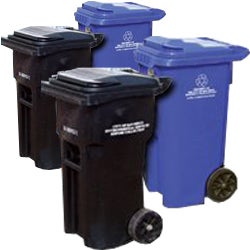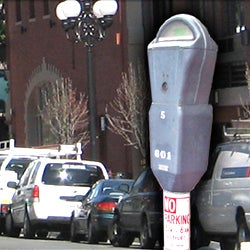Carbon Monoxide Alarms
The California Carbon Monoxide Poisoning Prevention Act requires all residences with an attached garage or a fossil fuel source (gas stove, fireplace, gas furnace, for example) to have functioning carbon monoxide alarms.
CO devices cannot be marketed, distributed or sold unless approved and listed by the State Fire Marshal.
CO devices should be installed outside each sleeping area and on every level of the home including the basement. The manufacturer's installation instruction should also be followed.
There are three types of CO devices.
- Carbon Monoxide alarms (CSFM category #5276)
- Carbon Monoxide detectors (CSFM category #5278)
- Combination smoke/Carbon Monoxide detector (CSFM category #7256 or 7257)
What is the difference between a carbon monoxide alarm and a carbon monoxide detector?
A carbon monoxide alarm is a stand alone unit which is tested to Underwriters Laboratory (UL) Standard 2034 and has its own built-in power supply and audible device. These units are typically installed in your single family dwelling.
A carbon monoxide detector is a system unit which is tested to UL Standard 2075 and is designed to be used with a fire alarm system and receives its power from the fire alarm panel.























